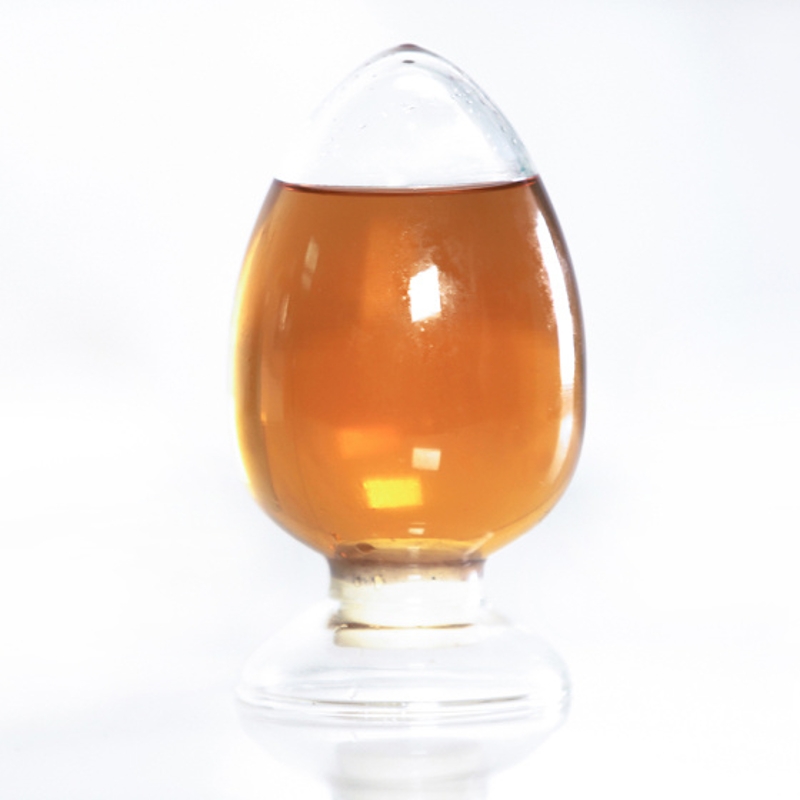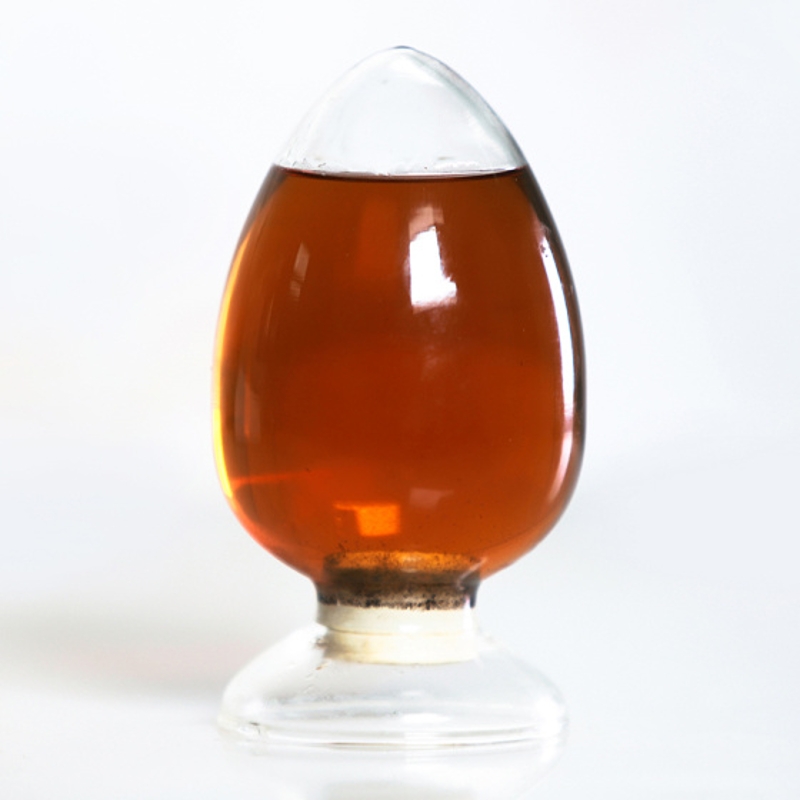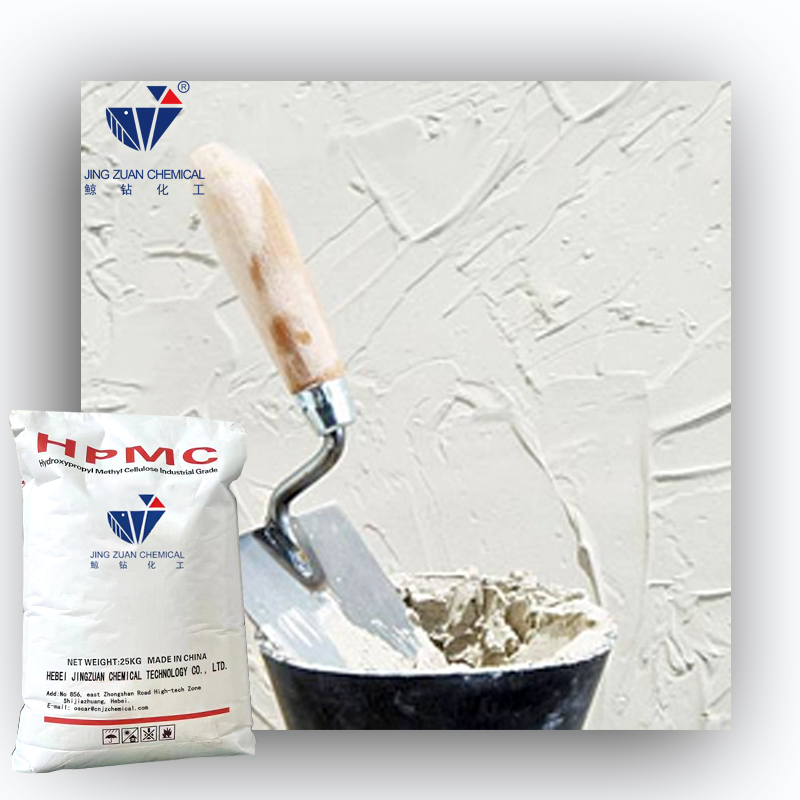-
Categories
-
Pharmaceutical Intermediates
-
Active Pharmaceutical Ingredients
-
Food Additives
- Industrial Coatings
- Agrochemicals
- Dyes and Pigments
- Surfactant
- Flavors and Fragrances
- Chemical Reagents
- Catalyst and Auxiliary
- Natural Products
- Inorganic Chemistry
-
Organic Chemistry
-
Biochemical Engineering
- Analytical Chemistry
- Cosmetic Ingredient
-
Pharmaceutical Intermediates
Promotion
ECHEMI Mall
Wholesale
Weekly Price
Exhibition
News
-
Trade Service
Progress has been made in the electrocatalysis of single-molecule heterojunctions
Recently, researchers from the Fujian Institute of Structure of Matter, Chinese Academy of Sciences designed and synthesized a new nickel phthalocyanine (N3NiPc) molecular material containing 12 azide groups for the construction of a single-molecule heterojunction bifunctional electrocatalyst, which achieved excellent performance and efficient integration
of cathodeCO2 reduction and anodic oxidation nanopolymerization.
The researchers said that due to the unique molecular structure of N3 NiPc, through strong π-π packing, charge transfer and covalent bonding,N3NiPc can be anchored to the surface of carbon nanotubes in the form of single molecules, realizing the construction
of highly stable single-molecule heterojunction electrocatalysts.
This unique single-molecule heterojunction maximizes the utilization of the active center, and the strong interaction within the single-molecule heterojunction can effectively regulate the electronic structure of the M-N4 catalytic center, so as to achieve excellent catalytic performance
.
The test results show that the prepared single-molecule heterojunction electrocatalyst exhibits 100% CO selectivity, high current density, high conversion frequency and excellent stability
.
Further results show that in addition to covalent anchoring, the abundant azide groups in the catalyst can also be hydrogen-diffrevolved into rich amino groups by in-situ electrochemical hydrogenation, and a special local microenvironment rich in amino groups is constructed around the active center of M-N4
, thereby increasing the local concentration ofCO2 and promoting activation.







